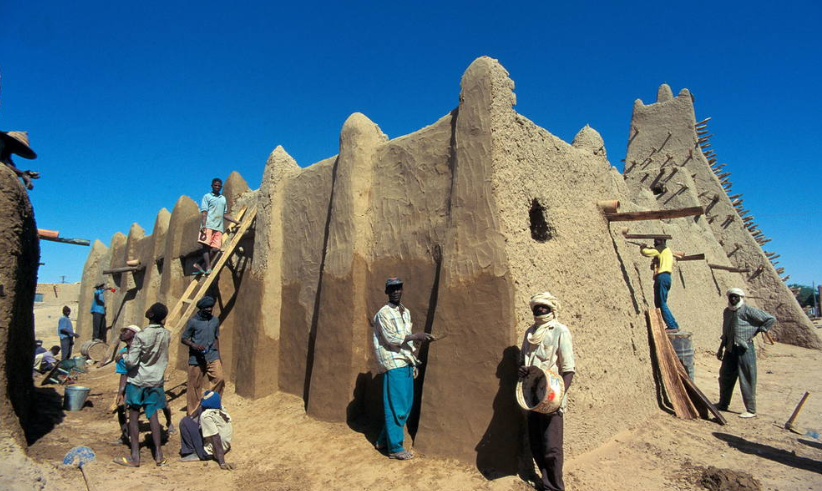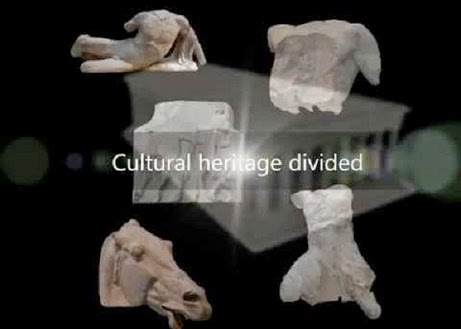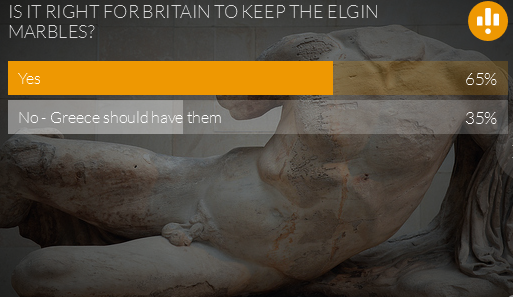Sew La Ti Embroidery:
best
Doctor's Appointment

Olympic clouds
Top 5 Recovering Real Estate Markets in the U.S.

Public health services high technologies

Symbol of illusory love
Unique Cultural Center [Ávila, Spain]
![Unique Cultural Center [Ávila, Spain]](https://blogger.googleusercontent.com/img/b/R29vZ2xl/AVvXsEg0vpvvCZ3fRhe8AcjShPKwlbp8rx4wnIf8ZPJXsCFqvAhqoEvrnsx8ef1GkCuzsLHepJ1OUboIsAW9C1bUE5IORyZS2mCe8PYCiE7DZw5Ypo3niKFesoGLdpESn9XpW4CjyuQ7ZnAtJaM/s800/Unique-center.jpg)
Modern mailboxes for your correspondence

The Berg

Bouquet on a finger
Shampoo-conditioner for care UGG
New face, new man: Shane Warne plays smooth-faced English gent as he accompanies Elizabeth Hurley to Elton John's White Tie and Tiara Ball

Italy: Pompeii's 'Cave Canem' mosaic restored

Heritage: Reconstruction of Timbuktu mausoleums nears completion

Near East: Famed Syria mosaic museum damaged in barrel bombing

Central Asia: Bamiyan Buddhas rise again... in 3-D

Travel: Key Artifacts from ISIS-endangered Palmyra, Syria on view at the Freer and Sackler Galleries

India: Prehistoric cave art near Agra in peril

Near East: ISIS sets eyes on Syrian site of Palmyra

More Stuff: Is Greece about to lose the Parthenon Sculptures forever?

More Stuff: Telegraph: Greece has no legal claim to the Elgin Marbles





